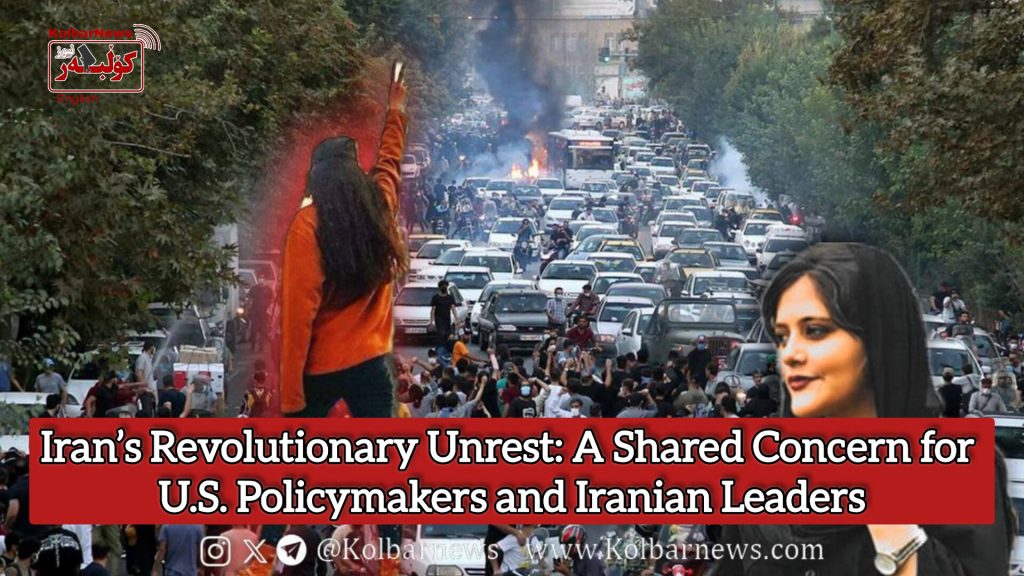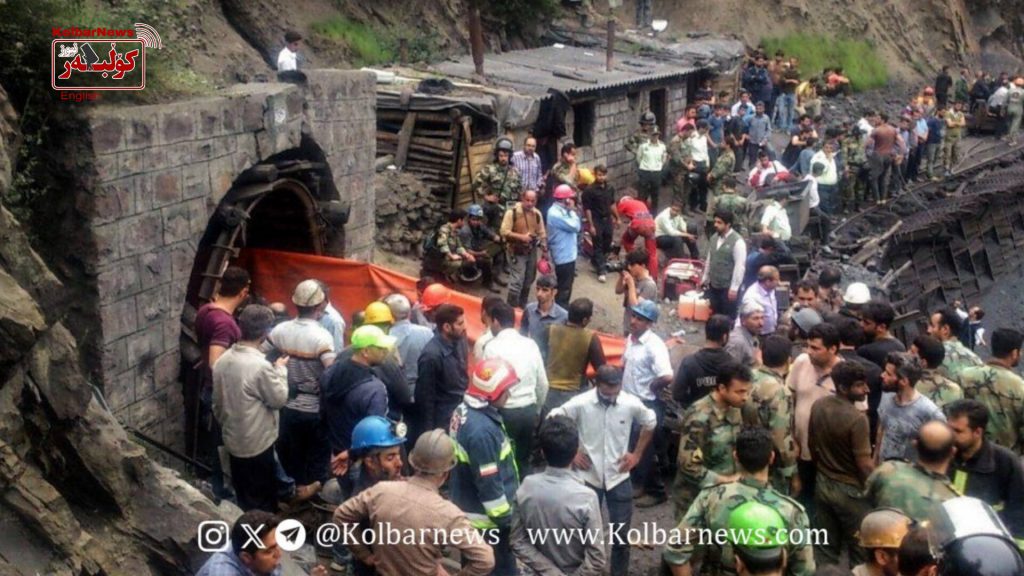
As Donald Trump prepared to assume the U.S. presidency, intense speculation emerged over his administration’s potential policy toward Iran. Despite official narratives from both sides about “diplomatic efforts” to peacefully resolve tensions, many observers saw these as merely public facades. Each side appeared to be using the media to present a version of events that, in practice, obscured their true intentions. These maneuvers were perceived by many as a way to keep public opinion preoccupied while critical decisions about diplomacy, potential conflicts, or clandestine agreements were crafted out of public view.
In reality, Iran finds itself in a challenging situation. Economic pressures and the impacts of regional conflicts, especially in places like Lebanon, have weakened its influence, leaving few strategic options. Iran’s assertions of “resistance” against U.S. and Israeli military might seem increasingly unconvincing, given the technological and strategic dominance of these powers. Displays of military force, such as missile launches branded as “Sadegh Promises,” have, in some analysts’ views, only underscored Iran’s vulnerabilities rather than demonstrating strength. Hence, in any forthcoming negotiations, Iran’s military capabilities may offer little leverage. Nor is there likely to be much diplomatic sympathy for Iran’s positions; both the Iranian and Israeli governments face widespread public disapproval globally.
Trump’s expected tightening of economic sanctions posed yet another challenge. Many believed Iran would struggle to endure the mounting economic strain, particularly as neither China nor Russia had shown a meaningful willingness to mitigate U.S.-led sanctions on Iran. With Trump hinting at resolving the Ukraine conflict — a notion that seemed to appeal to Russian President Putin — Iran’s potential allies seemed even more unreliable. Faced with dwindling support, Iran might have no choice but to make significant concessions, likely concerning its regional influence and nuclear activities. Whether these talks occur openly or covertly, the outcome seems likely to force Iran into compliance, a bitter pill that Iranian leadership may eventually be compelled to swallow.
Underlying this diplomatic theater, however, lie deeper motivations on the part of U.S. policymakers. The primary consideration for American leaders has long been the stability of a strategically pivotal region, rather than an outright regime change in Iran. This strategic caution mirrors the U.S. approach from 46 years ago, when, during the fall of the Shah, American leaders were similarly wary of entrusting Iran’s future to a liberal, Western-leaning opposition. Instead, the U.S. seems inclined to exert pressure on the current Iranian government to change behavior rather than to oust it entirely. As Trump’s team signaled, regime change is not their goal; they aim to influence Iranian policy from within. For this reason, America views potential alternatives not as external opponents but as moderate or pragmatic factions within the existing Iranian government itself.
Yet, while U.S. policymakers and the Iranian regime may share an interest in maintaining a controlled status quo, they cannot ignore the possibility of a grassroots revolutionary movement. The “Jina Revolution” has taken root deeply within Iranian society, and millions of Iranians are voicing demands for freedom, equality, and economic opportunity. The establishment, both domestically and internationally, may find it increasingly difficult to impose solutions that disregard these voices.
This unpredictable popular momentum represents a serious, mutual concern for both U.S. leaders and Iranian officials, who share a vested interest in managing or stifling this revolutionary fervor.

